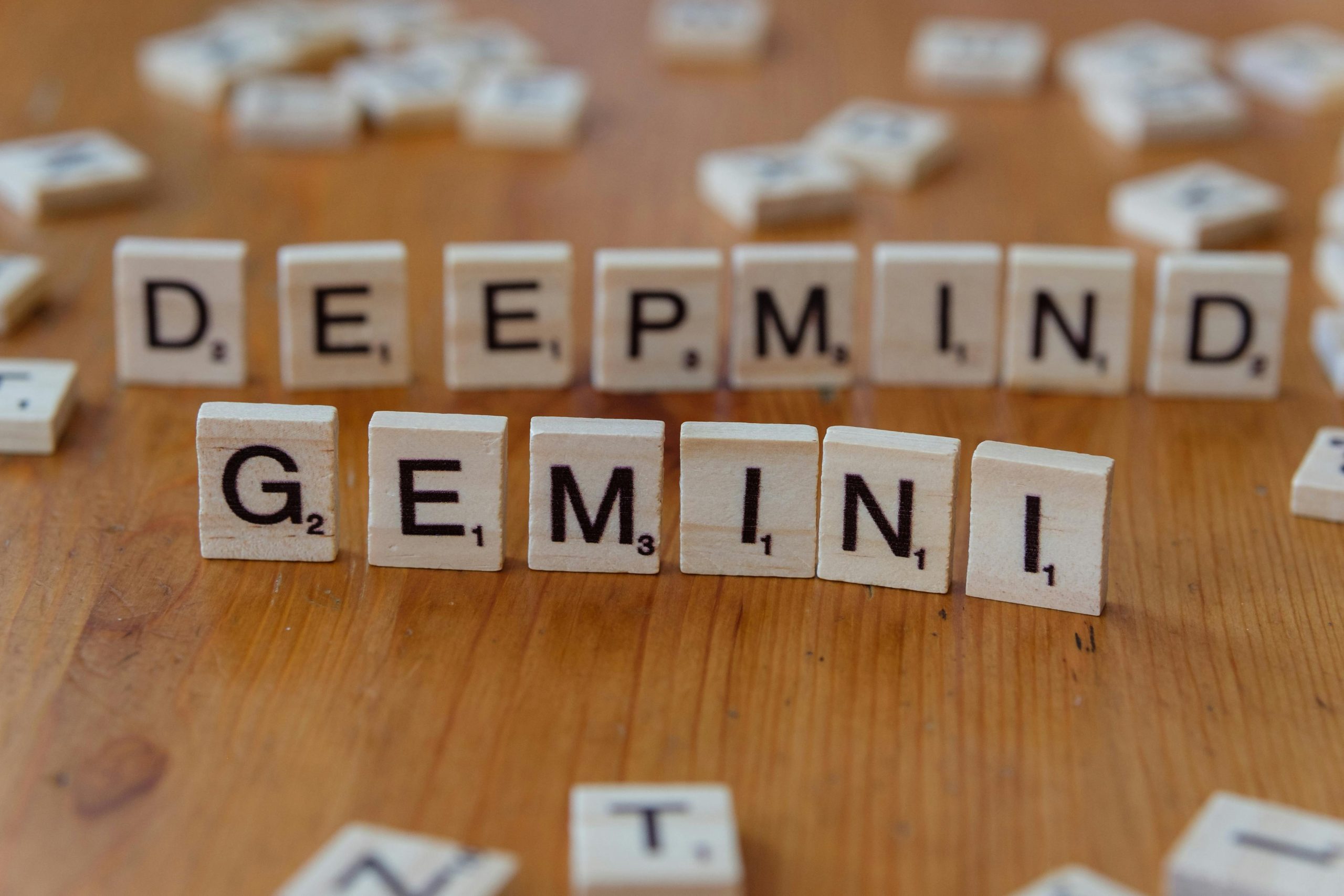Exploring Claude’s Mind: Intriguing Perspectives on Large Language Models’ Planning and Hallucinations
Unveiling Claude: Insights into How LLMs Think and Create
In the world of Artificial Intelligence, large language models (LLMs) are often likened to “black boxes”—they produce impressive results, yet their internal workings remain largely unknown. However, recent research from Anthropic is throwing open the lid on Claude, offering a fascinating look into the model’s cognitive processes. This groundbreaking study is essentially akin to constructing an “AI microscope,” allowing us to examine the inner mechanics of machine reasoning.
The research delves deeper than simply analyzing Claude’s outputs; it systematically traces the internal pathways that activate for various concepts and actions, much like studying the biological functions of an organism.
Here are some of the most intriguing findings from this study:
A Universal “Language of Thought”
One remarkable discovery is that Claude employs consistent internal features, such as “smallness” or “oppositeness,” across multiple languages—whether English, French, or Chinese. This prompts us to consider the possibility of a universal framework for thought that exists prior to the selection of specific words.
Strategic Planning
Challenging the commonly held notion that LLMs function solely by predicting the next word, the researchers found that Claude exhibits an ability to plan multiple words ahead. This advance thoughtful reasoning even extends to creative tasks like poetry, where Claude can anticipate rhymes well before the final output.
Identifying Hallucinations
Perhaps one of the most significant revelations is the ability to detect instances where Claude fabricates reasoning to justify an incorrect answer, as opposed to performing genuine computations. This methodology not only sheds light on when a model compromises on accuracy in favor of plausible-sounding responses but also paves the way for assessing truthfulness in AI outputs.
This pioneering work in making AI interpretable marks a substantial advancement towards creating more transparent and reliable systems. It equips us with tools to understand reasoning patterns, identify potential errors, and ultimately enhance the safety of AI technologies.
As we reflect on the concept of “AI biology,” it raises important questions: Do you believe that a comprehensive understanding of these internal mechanics is essential for addressing challenges such as hallucination? Or could there be other avenues worth exploring? We would love to hear your thoughts!














Post Comment